Explore the different types of peccaries found in Costa Rica, as well as their importance in the local ecosystem, habitats, behavior, and social structure.
GVI
Posted: May 10, 2023

Posted: July 20, 2022
All living things need a healthy environment to thrive. Let’s find out why the well-being of natural environments is key, and why we should contribute to conserving them.
Environmental conservation has an impact on every level of life on the planet, from human beings to animals and plants.
Because of this, it’s an essential part of sustainable development, which is why GVI makes marine and wildlife conservation a key focus in all our programs.
Safeguarding the world’s forests can assist in addressing climate change and slow the extinction rate of a whole host of plant and animal species. It also promotes the welfare of human beings in myriad ways.
Currently, forest resources provide around two billion people with their livelihoods by generating food and income. But, when these resources aren’t used in a sustainable way, they deplete faster than they can be restored, thus reducing the access that future generations have to these resources.
Today, deforestation is happening at a rapid rate. Around ten million hectares of forest area are lost each year. This is one way environmental degradation significantly impacts global development.
The United Nations Sustainable Development Goal (UN SDG) 15: Life on Land emphasises the importance of addressing land degradation and biodiversity loss on a local and global scale.
Adding to the conservation of forests and wildlife can also contribute to the economic development of communities around the world, and improve the quality of life for the global community.
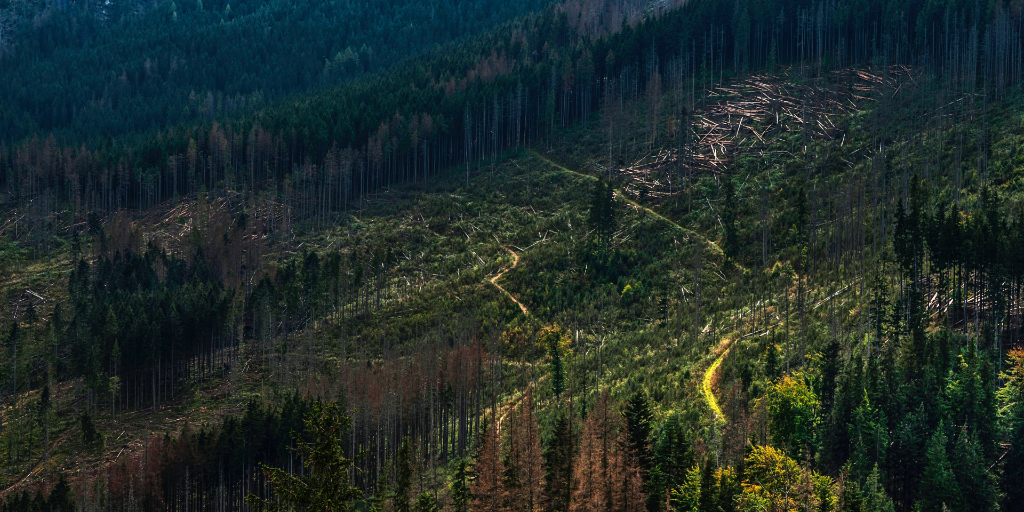
Original Photo: Janusz Maniak on Unsplash
Pollution, construction and unrestricted agricultural practices can strip soils of their nutrients, which leads to land degradation. This affects the growth and development of natural flora and fauna, as well as crops. In this way, land degradation has an impact on people’s livelihoods too.
Agriculture is the prime cause of land degradation. Clearing forests to make way for farms, as well as the over cultivation and overgrazing of land, can have a major impact on terrestrial ecosystems.
Climate change also has an effect, as more frequent droughts – one of the results of climate change – is a major factor affecting the quality of land today.
And when land degradation leads to deforestation, ecosystems can be significantly affected. This is because around 80% of all terrestrial flora and fauna is located in the world’s forests. The loss of this habitat is one of the biggest challenges facing endangered species.
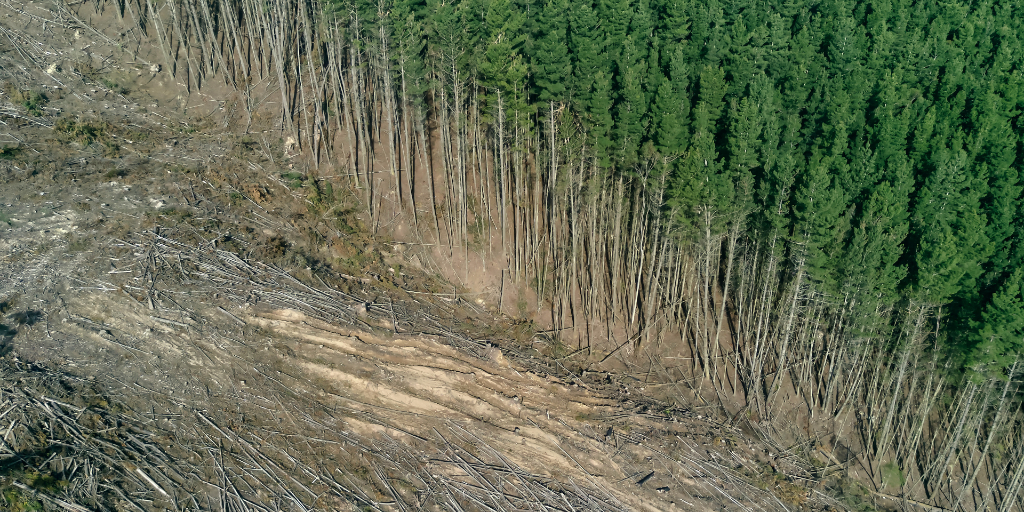
Original photo: gryffyn m on Unsplash
The effects of deforestation can also contribute to global climate change in a big way, and transform fertile land into desert (a phenomenon known as desertification).
Desertification is the most extreme form of land degradation. According to the World Health Organization (WHO), desertification can lead to malnutrition due to less food being produced. It can also result in an increase in waterborne diseases as clean water becomes scarcer, and exacerbates the spread of respiratory diseases caused by pollutants in the air.
According to the UN, drought and desertification eradicate 23 hectares of arable land every minute.
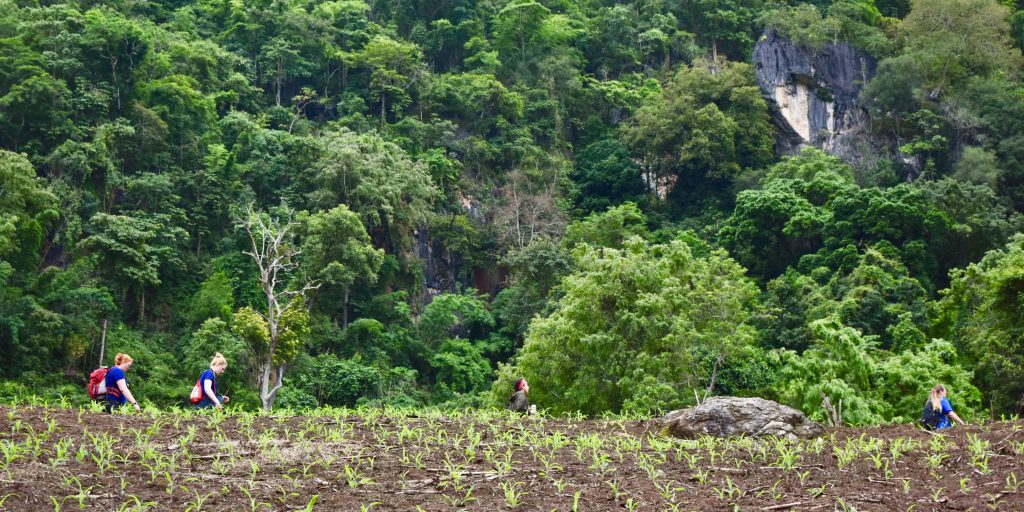
The UN established UN SDG 15: Life on Land to help safeguard the Earth’s ecosystems, promote the sustainable management of forests, and put a stop to land degradation and biodiversity loss. This goal aims to conserve all forms of life on land, from humans through to every last insect.
By focusing on conserving forests and other natural habitats, this goal not only ensures that wildlife can thrive, but that people around the world can also benefit from improved living conditions as the environment becomes healthier.
Development hinges on a healthy environment. Worldwide, 74% of people living in under-resourced communities are already directly impacted by land degradation.
Environmental challenges can intensify other challenges faced by communities, such as food insecurity. The loss of forests can also make it harder to ensure the well-being of all the people living in an area, and to disrupt cycles of poverty.
GVI’s work on wildlife conservation programs supports UN SDG 15: Life on Land directly. In these programs, our focus on the conservation of specific species is usually accompanied by ecosystem management, monitoring and environmental education.
Ending the poaching and trafficking of endangered species and reducing habitat degradation are key targets we contribute towards achieving through our wildlife conservation programs.
GVI’s wildlife programs operate in various countries around the world. Here are a few examples of projects that work towards achieving the UN SDG 15: Life on Land.
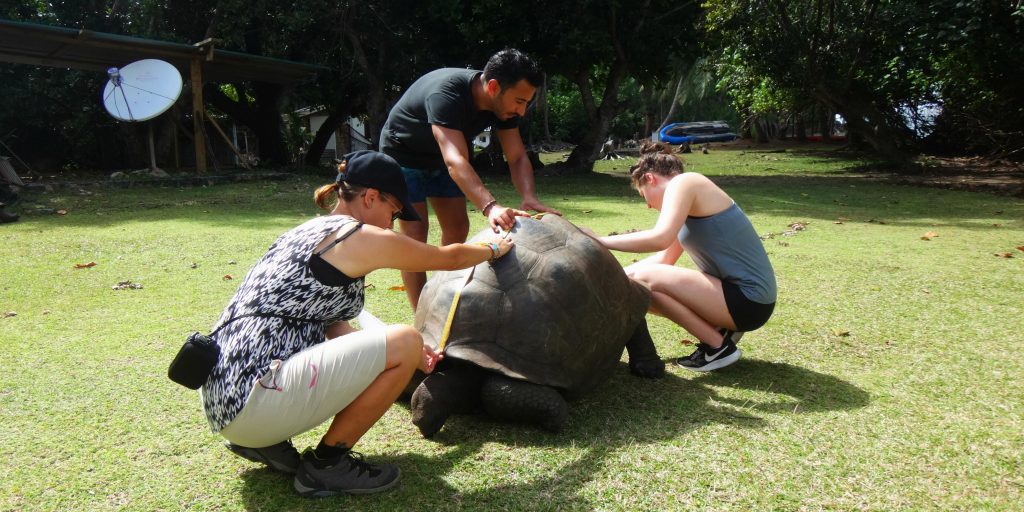
In Seychelles, GVI runs an island conservation project that allows volunteers to carry out critical data collection and conservation research in a national park.
Based on the virtually uninhabited Curieuse Island, the project helps to safeguard the giant tortoises that call the island home. GVI’s research station plays an important role in the conservation of the local ecology and island species.
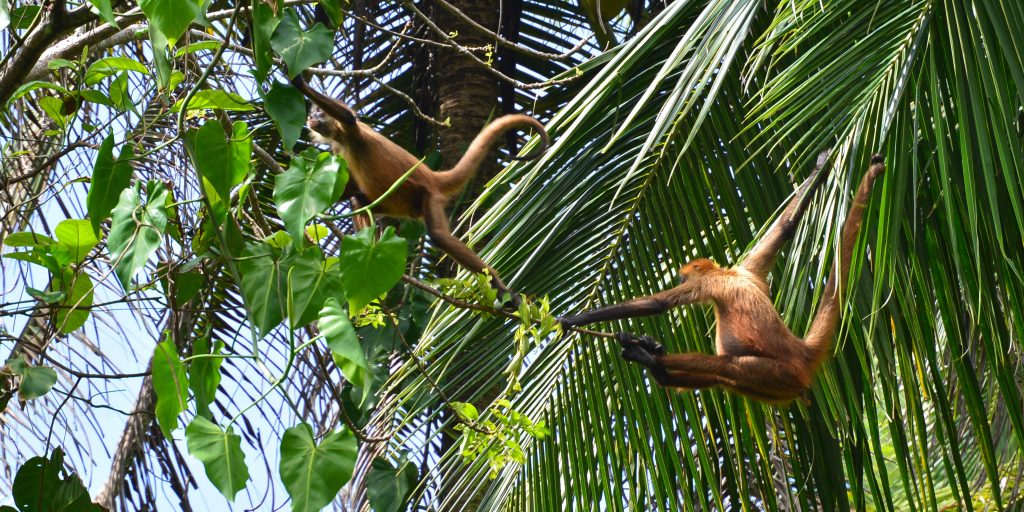
As one of the most biodiverse countries on the planet, Costa Rica is a logical place for conservation projects.
GVI has a range of volunteer programs in Costa Rica, ranging from jaguar research to rainforest conservation. Gathering data to support long-term conservation is a key goal here.
On wildlife conservation internships, you can learn more about the delicate balance of ecosystems and gain valuable skills in research techniques like biological surveying and camera trapping.
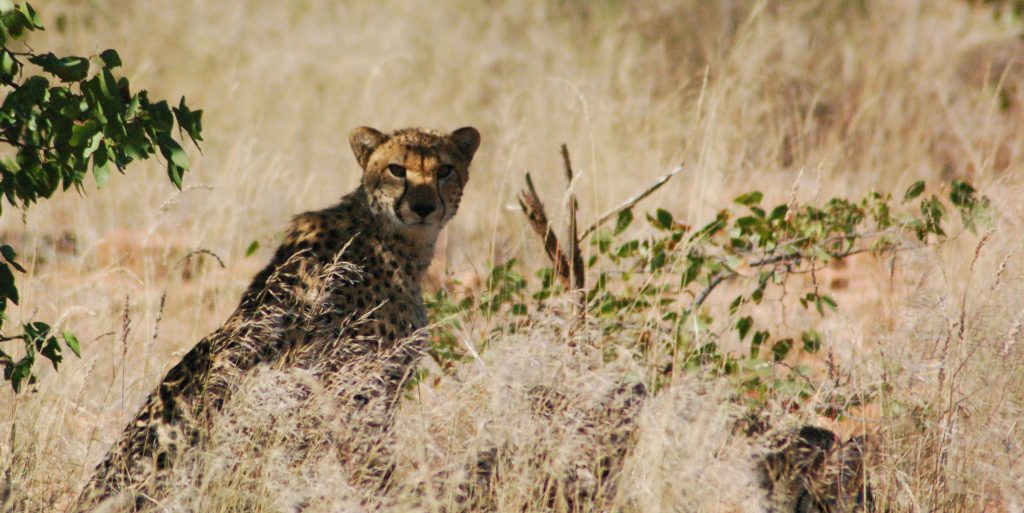
With an abundance of wildlife both large and small, South Africa is rich in conservation opportunities. GVI’s conservation team in Limpopo works to raise awareness about rhino poaching, while also safeguarding species such as leopards, cheetahs and elephants.
Other projects get volunteers involved in carrying out research on elusive cheetahs, and tracking elephants to learn more about them and how to reduce their impact on endangered native plant species.
You too can get involved in safeguarding life on land. Taking part in a wildlife conservation program will help you learn more about environmental challenges and take an active role in addressing them.
Browse GVI’s wildlife conservation volunteer programs and internships today, and start planning to make a meaningful contribution towards UN SDG 15: Life on Land.
Explore the different types of peccaries found in Costa Rica, as well as their importance in the local ecosystem, habitats, behavior, and social structure.
GVI
Posted: May 10, 2023